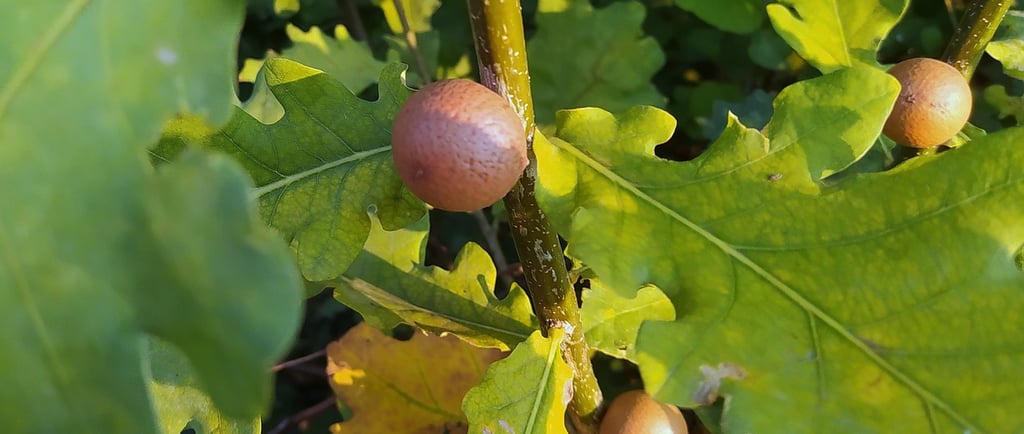🐝✨Iron Gall Ink - Wasps, Oaks, Explorers and Monks✒️✨
A follow-up story from the chapter "Colour" in the Art Album. 🌈 Stories About Colors takes children on a vivid journey through history to explore how colours have shaped and connected cultures around the world. 🌍🎨 From the cave art of early humans to the vibrant pigments traded along the Silk Roads for thousands of years 🌊, each colour holds its own story of discovery, symbolism, and meaning. Children will uncover how natural elements like minerals, plants 🌿, and even animals 🐦 contributed to the palettes of early artists, linking art with the environment. This exploration invites children to see colours not only as materials on their art shelves 🎨 but as a bridge to the world around them and the history of human creativity. They’ll be inspired to ask, “Where did this colour come from?” and “How was it discovered?” — sparking curiosity about the hidden stories within each hue they encounter.
ART STORIES
11/17/20242 min read


We have been talking about colors, hearing many stories about ancient pigments and how people discovered them. Colors didn’t always come from plants, mollusks, or by grinding rocks and precious stones. People being curious and experimentive have found colors hiding everywhere. Today, my story is about a magical black ink that helped people write and decorate some of the most important books in history. 🖋️✨
Over 1,500 years ago—people discovered they could make ink from something quite unexpected: oak trees! 🌳 But not from the wood or the leaves. Can you guess which part? The secret came from oak galls, little round growths on oak trees. These galls are made when tiny wasps lay their eggs on the tree, and the tree grows a protective shell around the wasp larvae, creating the gall. These galls are like nature's little houses for the wasp larvae as they grow! 🐝✨
People noticed that when these round galls were crushed and mixed with water, they created a liquid that turned dark when something special was added.This “something special” was a powder made from grinded rocks that contain iron. It’s like when you mix salt in water to make salty water. 🧂🌊 By combining this mixture with sap from acacia trees 🌿 and a little vinegar, they created a rich black ink that was smooth, dark, and long-lasting. It was strong enough to write letters, draw detailed maps, and even decorate books. 📜
Iron Gall Ink became the most important ink for over 1,000 years! 📜✒️Monks used it to create beautiful illuminated letters like those in the Book of Kells. Musicians were recording their songs with it. The famous explorer Christopher Columbus used Iron Gall Ink to write on his journals, detailing his incredible discoveries on the way to find a new route to Asia. Instead, he landed in the Americas, —but that’s a story for another day! Even the American Declaration of Independence—the document that declared America’s freedom from British rule—was written with Iron Gall Ink! 🖋️🇺🇸
This ink had a touch of mystery! 🪄 At first, it looked light and watery, but as it dried, it turned deep black. It was like watching a magic trick appear on the page! 🖋️✨
Now you may think,“What a cool ink! Let's go find and crush some Galls!" But this magical ink wasn’t perfect. Over time, its strength could become a problem. If used too much, the ink would eat through paper like tiny holes! Imagine writing something, closing your notebook, and then opening it later to find holes in the page instead of your words! Artists and writers had to be very careful when using it.
Isn’t it interesting how nature gives us everything we need to make amazing things? And through experiments people have found that different combinations resulted different things. 🌿✨
💭 I Wonder... 💭How do you think people discovered that oak galls could make ink? Do you think it was an accident?Look carefully at a chart showing different types of galls. Have you ever seen some of these strange little growths on trees? 🌳🐝 Which ones do you think might make the best ink?
Now you can try to invent your own ink and write something with it. Leave the paper in the sun, and see what happens. Maybe you’ll discover a new durable ink! 🎨
With Montessori joy,
Vanina 😊

